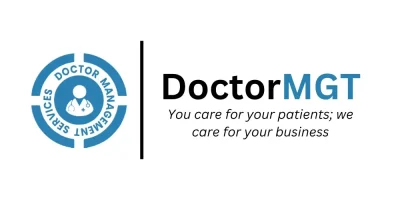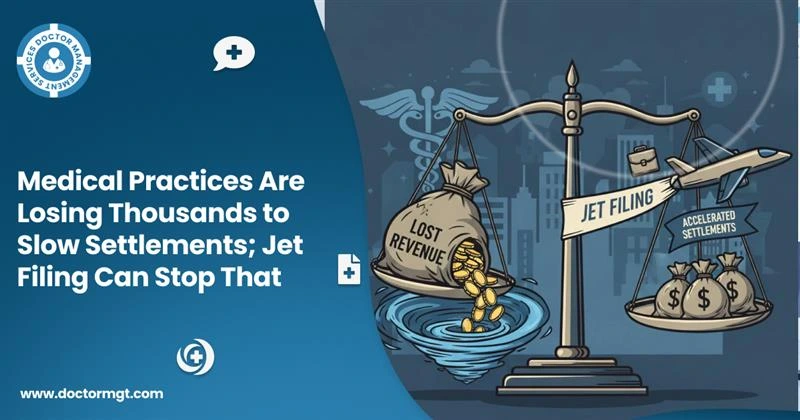Treatment options may vary according to the illness or condition, the nature of the pain, and the location of the pain. Pain management for coders can also differ from straightforward processes to more intricate coding. Basic coding knowledge, medical terminology, and coding norms will be necessary for code selection.
In this article, we will provide you with a basic understanding of the fundamental structure of codes that is essential for proficient coding. CPT coding is divided into three primary categories. Learning about them and knowing the category will aid in the selection of chronic management codes. It will also help with coding accuracy and catching special codes in addition to the main code.
Category I Codes
In the first category of CPT codes, most of the commonly used codes fall into this category. This is the major segment where all mainstream medical coders work. These codes represent all commonly used ranges of medical procedures and services provided by healthcare professionals, including devices, drugs, and vaccines.
The codes are 00100–99499 and are typically arranged into subcategories according to the anatomy and type of procedure or service. For instance, 20604: Under the supervision of ultrasonography, arthrocentesis—which involves aspiration or injection—is performed on tiny joints or bursas, such as those in the fingers and toes. Documentation and reporting are maintained permanently.
Category II Codes
These are surveillance codes, which are additional codes used to measure performance. These codes are optional and thus not essential for proper coding. Principally, these are alphanumeric codes, consisting of four digits and the letter ‘F’.
Category II deals with administrative tasks only, so these codes do not relate to reimbursement. Doctors may find any patient-related information, such as patient habits or behavior, with them. For instance, the practitioner can check whether they drink or access their medical history.
As an example, consider the 0521F Plan of Care to Treat Pain Documented (COA) (ONC).
Category III Codes
The healthcare industry is rapidly growing, and emerging or experimental technologies, procedures, and services are being introduced frequently. To simplify this dilemma, AMA has introduced a category of temporary codes for all such technologies or services that have not yet been assigned a permanent category code.
For novel and evolving technologies, processes, and services, these represent provisional codes. They were created with research in mind. 0095T (Removal of complete disc arthroplasty (artificial disc), anterior approach, and each additional interspace) is one example of this.
Chronic Care Management
Chronic care management (CCM) is the reimbursable Medicare service aimed at improving the quality of lifestyle for patients and clinicians. To obtain CCM services a patient may be eligible for these if he has Medicare and a two or more chronic illnesses. To be eligible, the symptoms must continue between 12 months and the remainder of your life.
The purpose of CCM services is to cover the many non-face-to-face encounters required to effectively manage various chronic illnesses.
The new CPM (chronic pain) management codes, G3002 and G3003, were added in January 2023. CMS takes into consideration the fact that HCPCS codes G3002 and G3003 deviate from the chronic care management services which are predominantly known.
Below is a list of each code’s descriptors:
G3002 is defined as:
First, G3002 covers the first 30 minutes each month of chronic pain treatment therapy. The first time a patient receives this monthly service, it must be face-to-face, but the following months can be provided via telehealth.
In addition, G3002 requires a monthly 30-minute visit between the patient and the providing physician or other certified health practitioner. With a Medicare reimbursement of around $80, providers’ interest in providing this treatment may decrease.
G3003 is defined as:
When a patient receives medical services over 30 minutes, each extra 15-minute unit of service is coded by an add-on code G3003. A unit of G3003 pays around $28.75 on a national average, and there is no restriction to the number of units each month.
Complex Care Management
Complex Care Management (CCM) is a collection of activities meant to help patients and caregivers better manage medical disorders and co-occurring psychosocial concerns. CCM is often administered to individuals with significant medical billing and coding near me requirements who frequently require hospitalization or emergency department visits. The purpose of CCM is to enhance the patient’s health while reducing the need for hospitalization.
While complex care management and CCM have similar necessary service aspects, their requirements are not the same. Care must be given for at least 60 minutes in addition to the CCM requirements. The necessity of moderate-to-high decision-making is another distinction.
CCM Coding
To record CCM services, the following five CPT codes are used:
- 99490– It is a non-complex CPT code. Clinical professionals offer CCM, a 20-minute timed service, to enhance patient responsibility and coordinate treatment across providers. The program is intended to serve Medicare patients with two or more chronic conditions and is a non-face-to-face service.
- CPT code 99439 is for every 20 minutes that clinical staff members spend doing non-complex CCM under the supervision of a doctor or other licensed healthcare provider; this code is invoiced in addition to CPT code 99490.
- CPT code 99487 indicates complete care plan that incorporates moderate- to high-complexity medical decision-making and can be reviewed in detail or established through the 60-minute timed CCM service, which is offered by clinical personnel.
- Every extra thirty minutes that clinical personnel spend delivering sophisticated CCM under the supervision of a doctor or other competent health care provider is recorded using CPT code 99489 (which must be reported in addition to CPT code 99487; CPT code 99490 cannot be billed).
- CPT code 99491: Direct patient care (PCM) delivered for a minimum of 30 minutes by a physician or other licensed healthcare provider.
Take Away
- We have gone through a detailed outlook on the complexity of medical billing services California for chronic pain management, with all primary coding categories defined by the AMA CPT codebook.
- Chronic Care Management (CCM) is a chargeable Medicare service that provides benefits to both patients and physicians.
- A patient may be qualified for CCM treatments if he has Medicare and two or more chronic conditions. To be eligible, the symptoms must last between 12 months and the rest of your life.
- There are different types of CCM coding, which include 99490, 99439, 99487, 99489, and 99491.







